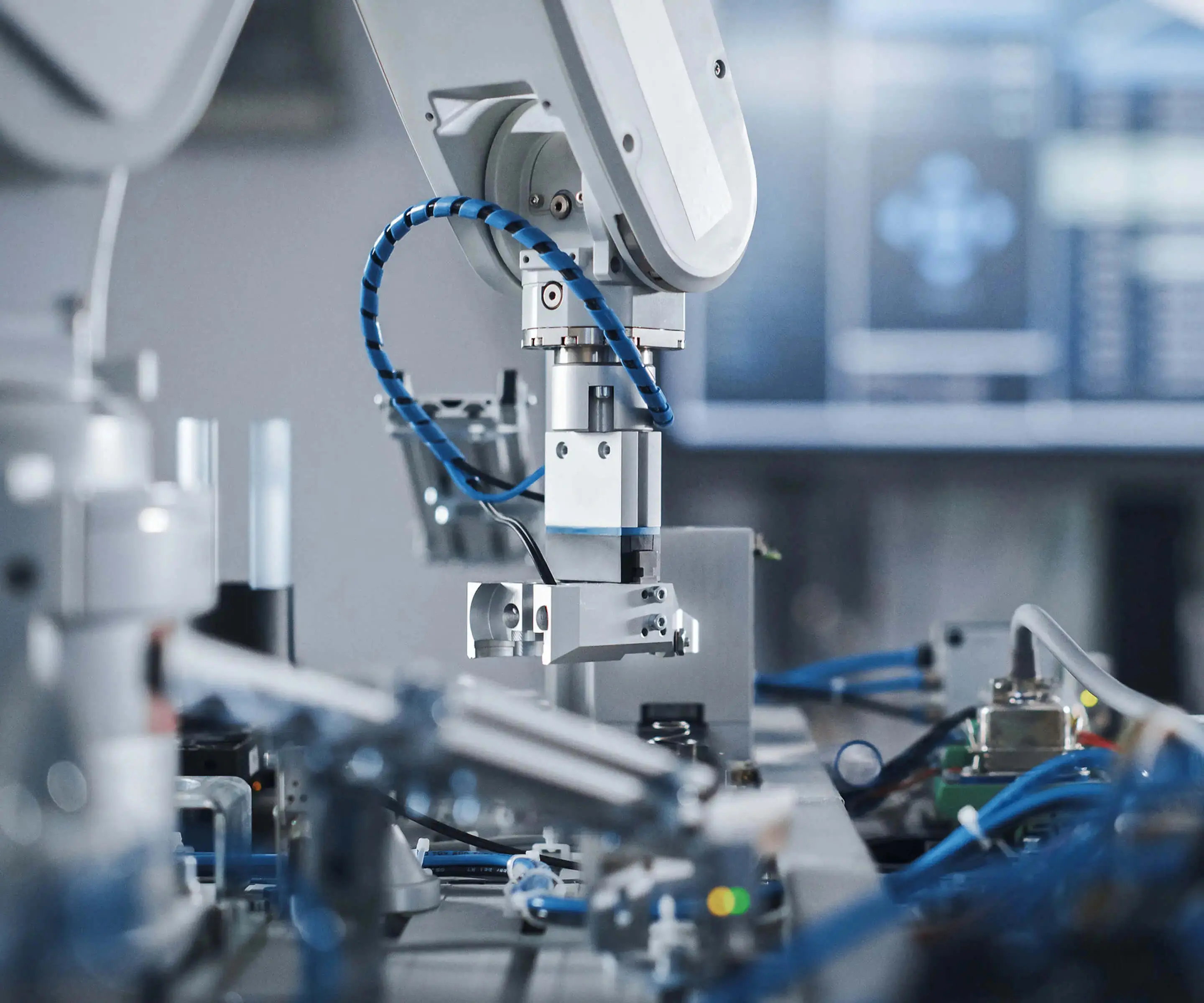When it comes to selecting a brushless motor, one of the most important factors to consider is the KV rating. You might be wondering, “What does KV really mean?” Well, it’s a key spec that directly impacts how your motor performs.

Simply put, the KV rating of a brushless motor tells you how many revolutions per minute (RPM) the motor will make for each volt applied. For example, a 2300KV motor will rotate 2300 times for every volt you feed into it. It's a quick way to understand the speed potential of the motor.
If you're building a drone, electric vehicle, or any other project involving brushless motors, knowing the right KV rating can make all the difference. Too low a KV rating, and you’ll have a motor that’s slower, with more torque. Too high, and the motor will spin super fast but with less torque. It’s all about finding that sweet spot.
Why is this important? Well, imagine you're working on a drone. If you need quick, agile movements, you’ll probably lean toward a higher KV motor. But if you’re building something that needs to carry heavy payloads or needs to be steady and stable, a lower KV motor could be a better choice.
What makes the KV rating even more interesting is that it’s not a one-size-fits-all number. You can adjust it by changing the voltage that you feed into the motor. For instance, bumping up the voltage will increase the speed (RPM) of a motor, regardless of its KV rating. But remember, it’s not just about raw speed. You want to ensure your motor’s performance matches the needs of your setup.
Let’s break this down with an example. Say you’re building a high-performance drone for racing. You’d want a high KV motor, perhaps around 3000KV or more, so that it can accelerate quickly and respond rapidly to control inputs. On the other hand, if you’re setting up a drone for aerial photography, where stability is key, a 1000-1500KV motor might be the ideal choice. You’ll get a nice, smooth flight with enough torque to carry your camera gear.
It’s easy to get caught up in the numbers, but don’t forget to consider other factors like battery size, ESC ratings, and overall weight. These components work together to define how your motor will behave in action. Having a balanced setup is crucial for achieving optimal performance.
At the end of the day, the right KV rating is about understanding the needs of your project and how the motor will complement everything else in the system. Whether you're aiming for speed, torque, or a balance of both, the KV rating will guide your decision.
So, next time you're picking out a brushless motor, take a moment to think about how the KV rating fits into your overall design. You'll be glad you did. With the right motor choice, your project will hit the skies—or the road—running.
Kpower has delivered professional drive system solutions to over 500 enterprise clients globally with products covering various fields such as Smart Home Systems, Automatic Electronics, Robotics, Precision Agriculture, Drones, and Industrial Automation.




































